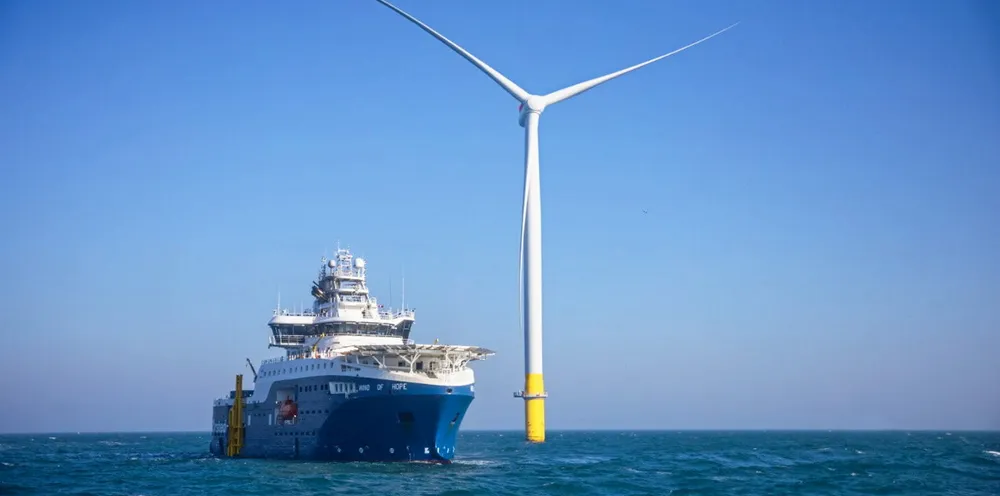This former Young's Seafood executive hopes to find common ground between offshore 'windrush' and UK fishermen
Developers of new offshore wind sites seek to ease relationships with the UK fishing industry.

Developers of new offshore wind sites seek to ease relationships with the UK fishing industry.
